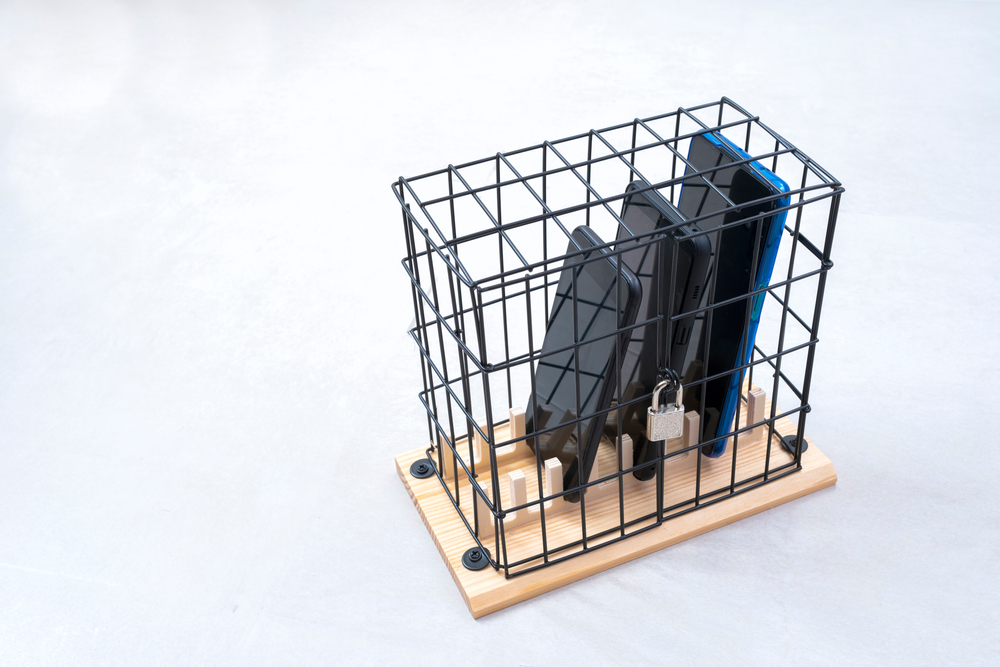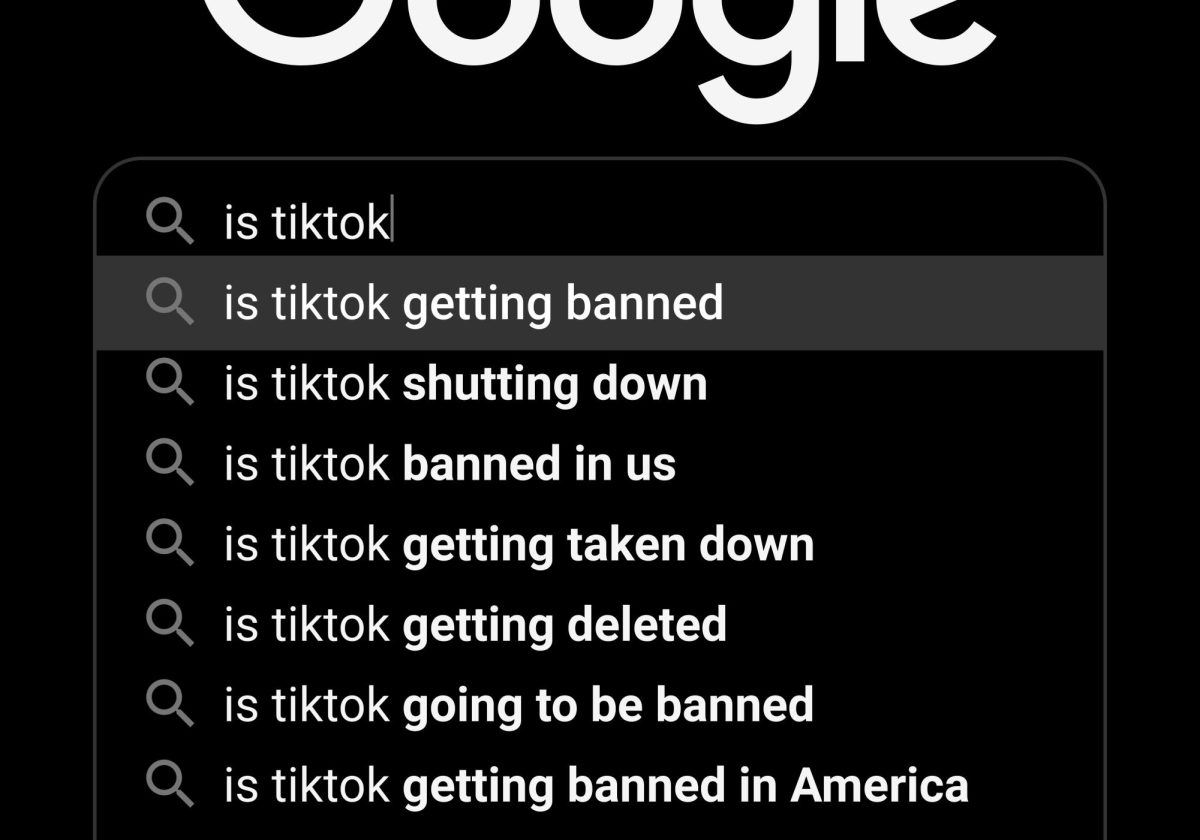On October 7, as Jews in Israel were celebrating the end of Sukkot, an important holiday celebrating the fall harvest, air sirens echoed across Israel.
According to the Israel Defense Force, 2,200 missiles were launched towards central and southern Israel including Jerusalem and Tel Aviv, areas that are normally protected by the Iron Dome missile defense system.
About an hour after the first round of missiles were fired, Hamas militants stormed Israel, infiltrating 22 towns, seizing Israeli citizens and soldiers to Gaza.
As of the morning of October 7th, the IDF (Israeli Defense Force) reported 700 Israelis dead.
The Gaza Strip: What is it and how did Hamas come into power?
The Gaza Strip is one of two Palestinian territories in Israel, the other being the West Bank which is controlled by the Israeli government. Israel previously controlled Gaza for 38 years, building 21 Jewish settlements.
On October 6, 1973, the fourth Arab-Israeli War was initiated by Syria and Egypt on the Jewish high holiday of Yom Kippur and during the fasting of Ramadan. This led to peace negotiations between Egypt and Israel.
1978 was the closest the world came to peace in the Middle East. Israeli Prime Minister Menachem Begin and Egyptian President Anwar Sadat negotiated an agreement with the help of former President Jimmy Carter.
There was much back and forth between the two leaders, but President Carter called for a meeting at the Camp David presidential retreat in Maryland. The resulting Camp David Accord was a framework document for peace and a formula for Palestinian self-government in Gaza and the West Bank.
Both leaders signed the agreement, settling on Egyptian-Israeli peace.
Tensions built for years, leading to the first intifada about four years of Palestinian riots and protests. In 1992, former Prime Minister Yitzhak Rabin said, “I would like Gaza to sink into the sea, but that won’t happen, and a solution must be found.”
The 1993 Oslo Accords, a pair of agreements between Israel and the Palestinian Liberation Organization (PLO), negotiated a two-state solution, resulting in limited self-government for Palestinians in the West Bank and Gaza Strip through the Palestinian Authority (PA).
The PLO condemned terrorism and recognized Israel as a place for Jewish people to exist in peace.
After an exchange of letters which affirmed Israel’s right to exist and the PLO as a representative for Palestinian people, former Prime Minister Yitzhak Rabin and PLO leader Yassar Arafat signed Oslo I, endorsing self-government of Palestinian people in Gaza and the West Bank.
Current Prime Minister Benjamin Netanyahu is an outspoken critic of the Oslo Accords because he is opposed to a Palestinian state entirely.
In 2003, former Prime Minister Ariel Sharon proposed a peace plan that would remove Israeli settlements from the Gaza strip. Two years later, Israel gave up control of the Gaza Strip. Elections were held and Hamas, a group recognized as a terrorist organization by the United States, United Kingdom and European Union, overtook the PLO and installed itself as the governing power.
Why is Hamas attacking?
Muhammad Deif, leader of Hamas, said in a recorded voice message he launched “Operation Al-Aqsa Deluge” to “expel the occupiers and demolish the walls.” Deif also mentioned the Yom Kippur War, recent attacks on the Al-Aqsa mosque and detention of Palestinians.
Israel’s Response
“We are at war and we will win it,” Prime Minister Benjamin Netanyahu said in a televised statement. Netanyahu differentiates this attack from all the others, claiming this one is the beginning of a war.
“In the next few days, the IDF will continue to operate significantly in Gaza City,” the IDF said in a statement. The statement called for the evacuation of all Gazans and to “distance [themselves] from Hamas terrorists who are using [them] as human shields.”
Hamas told all Palestinians to remain in Gaza, classifying the evacuation as “psychological war.”
IDF Spokesman Rear Adm, Daniel Hagari responded saying Gaza residents are now Hamas’s responsibility because of their advice to stay in Gaza
America’s Response
“We stand with Israel. And we will make sure Israel has what it needs to take care of its citizens, defend itself, and respond to this attack. There is no justification for terrorism. There is no excuse,” President Joe Biden said on Oct. 10.
There have been concerns among onlookers that aid money to Israel might be siphoned from aid money currently going to Ukraine. President Biden has assured that this is not the case, but because the House of Representatives does not have a speaker, they cannot vote on legislation, so extra money to Israel cannot be apportioned at this time.
Two members of the US Congress were in Israel at the time of the invasion. Sen. Cory Booker (D-NJ) and Rep. Dan Goldman (D-NY) were in Israel separately and had to be locked down in their respective areas until returning safely to the United States the next day.
The U.S. Department of Defense moved the USS Gerald R. Ford Carrier Strike Group to the eastern Mediterranean to enhance military protection of Israel.
National Security Advisor Jake Sullivan said there are U.S. citizens among the hostages, and they are working with the Israeli government to recover all hostages by sharing military intelligence.
According to Sullivan, America is sending additional Iron Dome missile interceptors so the Israelis have additional protection from the rockets sent by Hamas.
“Iran is complicit in this attack,” Sullivan said, referring to the funding and training Iran has long supplied Hamas. It is unclear if Iran knew about this attack prior, but Sullivan implied that Iran’s involvement with Hamas has played a role in the recent attacks.
What to expect
Israeli and Hamas leadership have noted their commitment to the war, continuing to send troops on both sides. Defense Minister Yoav Gallant said Israel will be in “full offense,” and Netanyahu has vowed that Israel will use all of its resources to destroy Hamas.
Gallant ordered a “complete siege” of the Gaza Strip last week, adding that the region would not receive electricity, food or fuel. Gazan hospitals and shelters have mere days of supplies left, and United Nations officials warn that such a siege, in addition to an existing blockade, could set off an humanitarian crisis in the region
Israel has mobilized 100,000 troops and tanks for a large-scale ground invasion of the Gaza strip. Meanwhile, Hamas continues to take hostages as images of the dead throughout Tel Aviv, Jerusalem and Gaza are circulated.
A longer, more protracted conflict is now expected.













